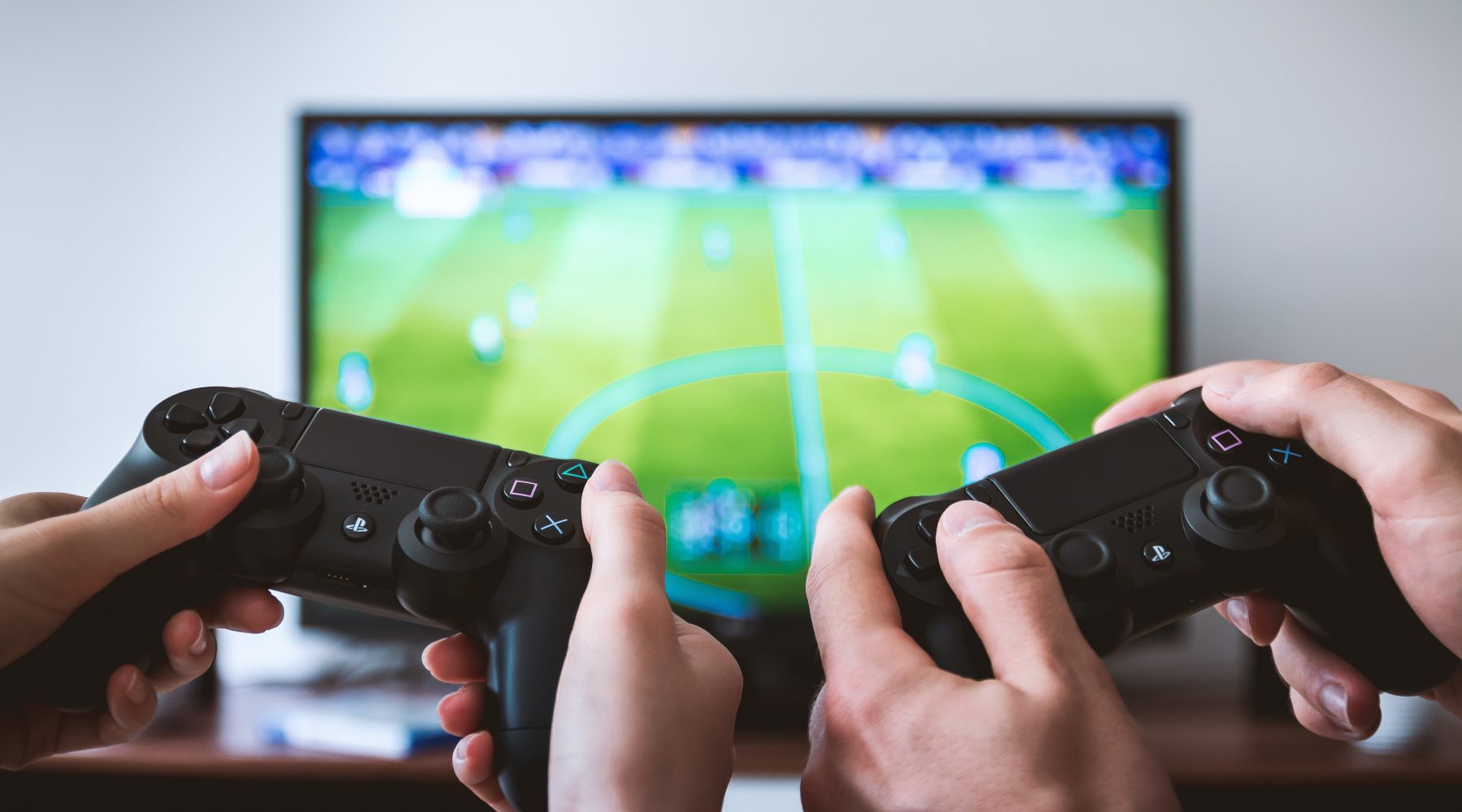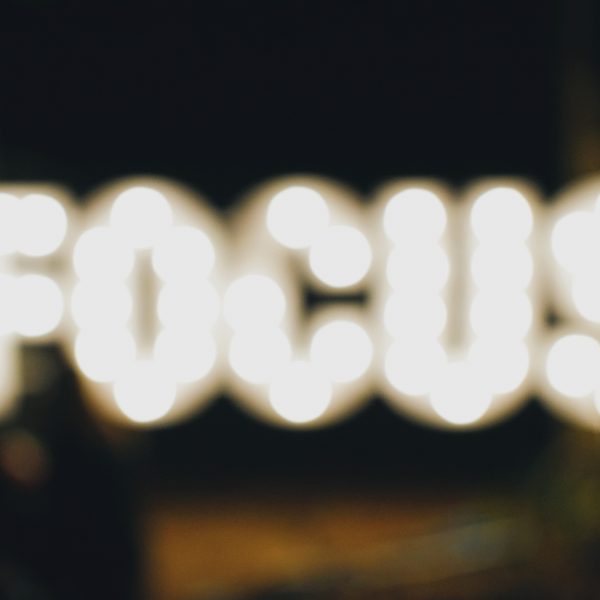Optometrists push for more green, less screen

Optometrists are using new research gathered as part of a project designed to better understand screen use amongst children to call for more “green time” (time spent outside engaging with nature) and less screen time, with study results showing that most Australian children are spending more than double the amount of time indoors on screens than the World Health Organisation recommendation.
The research reports that Australian children spend an average of 2.5 hours on screens each day, with one in ten, or more than 436,460 children, spending more than four hours. The bulk of this screen time happens in lounge rooms (68 per cent) and bedrooms (44 per cent) and not at school or childcare, where 15 per cent of a child’s screentime is accrued.
The findings were uncovered as part of a research project conducted by Specsavers seeking to better understand screen use amongst children and parental understanding of their child’s eye health.
Optometrist for the group, Babara Vermeulen, said that as a parent, she understands the strong pull of digital screens for children, acknowledging that the way children learn and play is “drastically changing as technology becomes increasingly incorporated into everyday life”.
This changing landscape is reflected in the results of the study, which found that 89 per cent of Australian parents say digital screen time is top of the list for their children’s health concerns.
When it comes to eye health, however, it’s not the screens themselves which are the issue – it’s the fact that screens are normally used indoors without natural light. This type of “near vision” work, whether it’s reading, sewing or homework, can have negative effects on eye health, hence the optometrists recommendation to spend lots of time in nature, where there is a balance of near, medium and far distance work for the eye to engage in.
Of parents concerned that their child’s current level of screen time was bad for their health (56 per cent), three quarters thought it would stop them getting enough exercise (77 per cent) and two thirds believed it was bad for their eyes (69 per cent) and social skills (69 per cent). While most parents (57per cent) believe their children should be spending less time on screens because it’s bad for their health, most are unsure of ways to tackle it.
“Staring at screens and being indoors for extended periods of time can increase the risk of myopia or becoming short-sighted. This means the eyes focus well only on close objects, while more distant objects appear blurred. Children are more at risk of this, as their eyes are still developing,” Ms Vermeulen said.
“The biggest message I would like to get across to parents is to make sure their children spend time outside playing and if parents are worried about the impacts of screen time on their child’s eye health, the best thing to do is to book in to see an optometrist for an eye test,” she added.
Other key findings from the research project include:
- Those aged between 5-8 years of age are spending an average of 2.1 hours per day on screens. Those aged between 0-4 years of age are spending an average of 1.9 hours per day on screens.
- Aside from eye health concerns (52 per cent), other potential health concerns that parents had about digital screen time are that all the time spent sedentary is hampering their ability to develop their gross motor skills (47 per cent), it disrupts their sleep/can lead to insomnia (46 per cent) and it negatively affects their mental health (42 per cent)
- Mums (49 per cent) are more likely than Dads (34 per cent) to say that their child’s screen time is one of their biggest health concerns as a parent.
To learn more about the benefits of eyesight and nature-based play, please see here.
Popular

Workforce
Policy
Quality
Practice
Provider
Research
ECEC must change now, our children can’t wait for another inquiry
2025-07-02 07:47:14
by Fiona Alston

Workforce
Practice
Provider
Quality
Research
Supporting successful transitions: Big moves, big feelings
2025-06-26 11:00:30
by Fiona Alston

Quality
Practice
Provider
Research
ECEC in focus - Una Springwood’s intergenerational initiative brings young and old together through connection and care
2025-06-30 10:00:45
by Contributed Content












